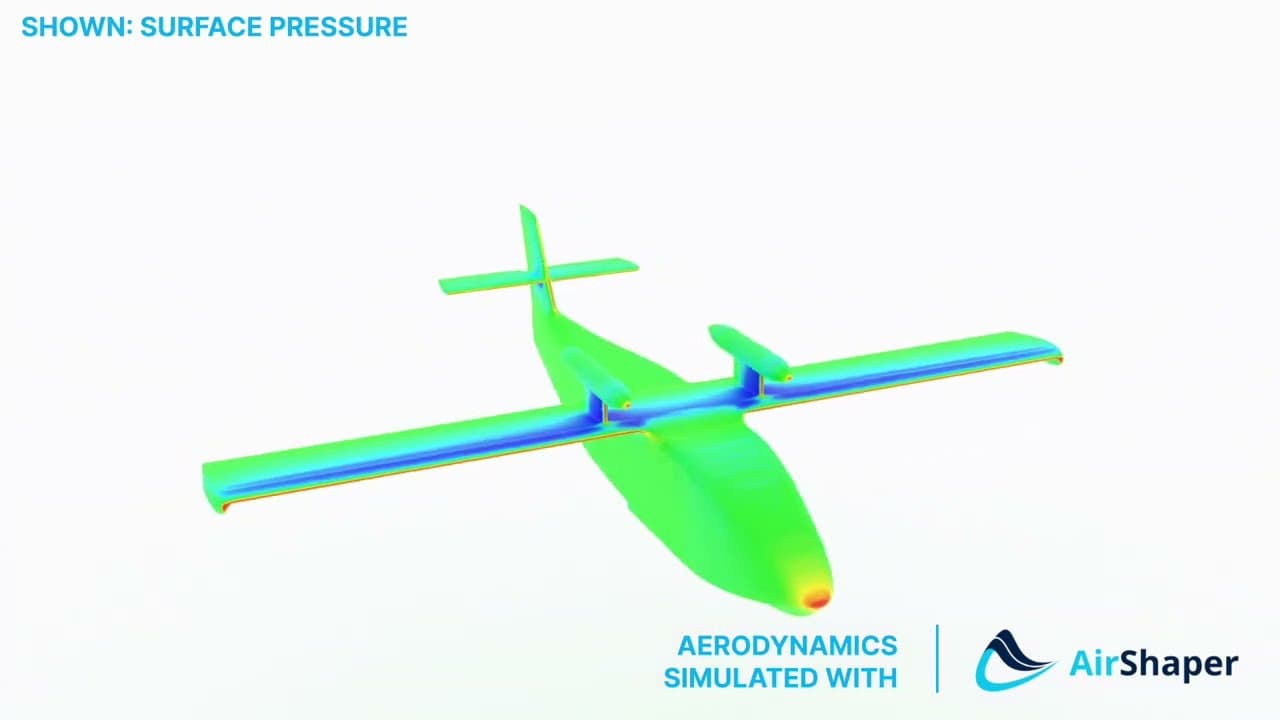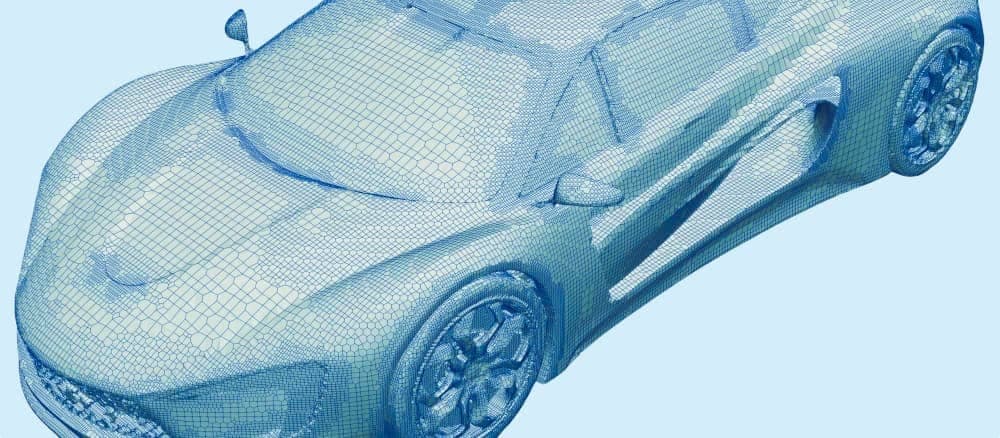Introduction
We are designing a versatile all-electric amphibious aircraft to transport people and goods. The amphibious aircraft concept we are developing is a flying boat type and it uses a hull-based fuselage to meet the hydrodynamic requirements for the aircraft to take-off and land on the water bodies. Operation from land airports is achieved through the retractable landing gear system onboard the aircraft.

1/5th scale model testing
We want people to travel emission-free from city centre to city centre at a fraction of the time. Small and flexible sea terminals will facilitate the onboarding and offboarding of our passengers, which is especially useful in mountainous areas along the coast.
Efficiency is key for electric aviation
For electric aviation to be technically & economically viable, improving efficiency is key, especially when it comes ot aerodynamics. A low drag coefficient and a higher lift-to-drag ratio have a direct impact on the aircraft performance and eventually on the range and endurance of the plane. Some of the ways we have tried to achieve this include:
- the use of natural laminar flow airfoils
- optimised high lift devices
- a streamlined hull design without compromising on the hydrodynamic requirements
- the use of a push-pull electric propulsion setup to further reduce drag.
Overall, we are currently involved in multidisciplinary optimisations and expect to freeze the design in a year from now.
Hydrodynamics
Hydrodynamic design is crucial for amphibious operations. For the past 12 months, we have been conducting intense hydrodynamic testing of various hull designs for the plane. In order to evaluate the hull designs for the plane in terms of stability and hydrodynamic resistance, we have performed multiple open water tests and also testing in a towing tank in collaboration with SINTEF Norway.

Byfly Towing Tank test at Sintef Norway (video credit: El-Fly)
How simulations have helped, which parameters are important (lift and drag, roll pitch yaw) Which insights you had, which improvements you'll make based on the results.
Analysis & optimization through simulations
With the online CFD simulation platform AirShaper, we were able to verify the feasibility of particular flight conditions. Getting the angle of attack of the wing right is crucial towards for economical cruise conditions. Using the lift & drag values from the simulations, for different angles of attack, allows us to optimize further for efficiency. Furthermore, by analysing surface pressure & surface friction, 3D streamlines, flow structures in the wake and other simulation results, we’re able to spot areas for further improvements to the aerodynamics of the plane.

Full scale model CFD in AirShaper
Experimental testing
We are currently in the R&D phase involving experimental testing. Our goal is to first launch the commercial service in Norway by 2030, where it is highly suitable for the challenging terrain. We will operate from city centre to city centre, and then expand operations to other parts of the world.
Interesting links:
El-Fly